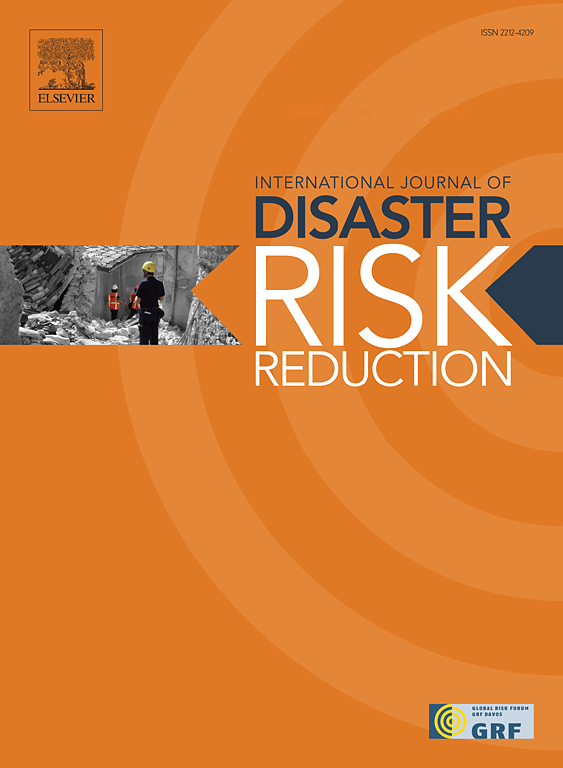Published online: 2020
Authors: Hemant Ojha, Kaustuv Raj Neupane, Chandra Lal Pandey, Vishal Singh, Roshan Bajracharya and Ngamindra Dahal
Available at: https://doi.org/10.3390/w12020567
Abstract:
In recent years, growing water insecurity in the Himalayan region has attracted new scientific research and fresh attention on policy. In this paper, we synthesize field research evidence from a sample of five Himalayan cities—three in Nepal and two in the western Indian Himalayas—on various forms of water insecurity and cities’ responses to such challenges. We gathered evidence from a field research conducted in these cities between 2014 and 2018. We show how different types of Himalayan towns (mainly hilltop, foot hill, river side, touristic, and regional trading hub) are struggling to secure water for their residents and tourists, as well as for the wider urban economy. We found that even though the region receives significant amounts of precipitation in the form of snow and rainfall, it is facing increasing levels of water insecurity. Four of the five towns we studied are struggling to develop well-performing local institutions to manage water supply. Worse still, none of the cities have a robust system of water planning and governance to tackle the water challenges emerging from rapid urbanization and climate change. In the absence of a coordinated water planning agency, a complex mix of government, community, and private systems of water supply has emerged in the Himalayan towns across both Nepal and India. There is clearly a need for strengthening local governance capacity as well as down-scaling climate science to inform water planning at the city level.







